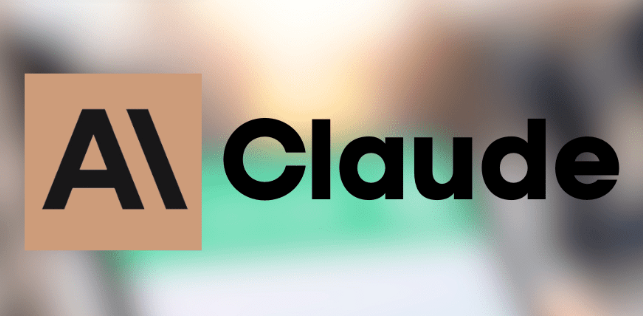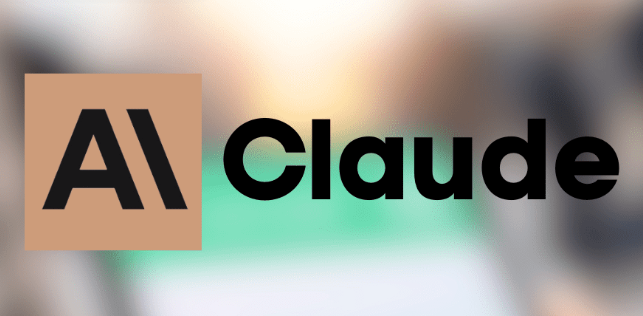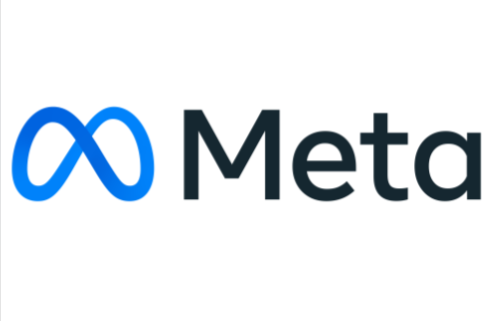EU AI Act Enforcement Overview: The Rise of High-Risk AI System Regulation and Meta's Response
With EU AI Act Enforcement now in play, the EU has entered a new era of AI regulation. The EU AI Act is widely considered the world's toughest AI law, setting strict compliance requirements for 'high-risk' AI systems. Tech giants like Meta have made headlines for rejecting certain compliance demands. What does all this mean? Let's break it down with a clear outline, covering regulation details, compliance steps, Meta's stance, and future trends.
What Is EU AI Act Enforcement?
EU AI Act Enforcement refers to the official rollout of the EU's AI compliance regime. The law sorts AI systems by risk level, with 'high-risk' categories facing the toughest scrutiny. Think healthcare diagnostics, recruitment tools, and financial credit scoring — these must meet transparency, explainability, and data quality standards.
The EU's mission is crystal clear: protect user rights, prevent AI misuse, and foster sustainable AI growth. For businesses, compliance is both a hurdle and a gateway to the European market.

Five Essential Steps for High-Risk AI System Compliance
Risk Assessment and Categorisation
Companies must conduct a thorough risk assessment of their AI systems, covering data sources, algorithms, and application scenarios, to determine if they fall under the 'high-risk' label. This step often requires cross-departmental collaboration and sometimes external expert review. The outcome sets the compliance roadmap.Data Management and Transparency
High-risk AI systems must ensure lawful data sourcing and transparent processing. Businesses need robust data management frameworks so data is traceable and explainable. For personal data, user consent is mandatory, and companies must handle user queries and deletion requests efficiently.Algorithm Explainability
Compliance demands that AI decision processes are explainable, especially in sensitive sectors like healthcare and finance. Companies should provide clear logic behind AI outputs, using model visualisation and decision-path tracking to satisfy both regulators and users.Continuous Monitoring and Risk Control
Compliance is not a one-off task but a lifecycle commitment. Firms need real-time monitoring systems to track AI performance, spot risks, and fix issues promptly. Regular internal audits, third-party reviews, and user feedback loops are essential.Documentation and Compliance Reporting
Every compliance process and technical detail must be fully documented. Regular compliance reports to regulators should cover risk assessments, data handling, algorithm logic, and monitoring results. Good documentation is both a legal requirement and a shield against future risks.
Why Has Meta Rejected Certain EU AI Act Compliance Demands?
Recently, Meta (formerly Facebook) has openly questioned parts of EU AI Act Enforcement, even refusing some compliance steps. Meta argues that some rules are overly strict and could slow AI innovation and product updates. Excessive algorithm transparency, for example, may expose trade secrets and hurt competitiveness.
However, the EU remains firm: compliance is non-negotiable, and violations may mean heavy fines or market bans. Meta's resistance highlights the ongoing tug-of-war between global tech giants and local regulators — a sign that AI governance will only get more complex.
The Long-Term Impact of EU AI Act Enforcement on the AI Industry
Implementing EU AI Act Enforcement will raise short-term compliance costs, but it's likely to create a healthier AI ecosystem in the long run. Strict oversight of high-risk AI systems will drive the industry toward greater transparency, safety, and accountability.
For developers, understanding and adapting to the EU AI Act is now essential. Compliance can help avoid legal risks and boost product credibility and market appeal. Businesses should see regulation as a springboard for innovation, not a roadblock.
Conclusion: Seize the Opportunity of EU AI Act Enforcement and Lead in the New Era of AI Compliance
With EU AI Act Enforcement now a reality, the AI industry is undergoing a profound transformation. Whether it's Meta's pushback or SMEs' proactive compliance, the message is clear: regulation is now a core part of AI innovation. Getting ahead of the curve and building a robust compliance framework will give you a lasting edge in tomorrow's AI market. If you want to keep up with the latest in AI regulation and industry news, bookmark this page — more insights are just a click away! ??







